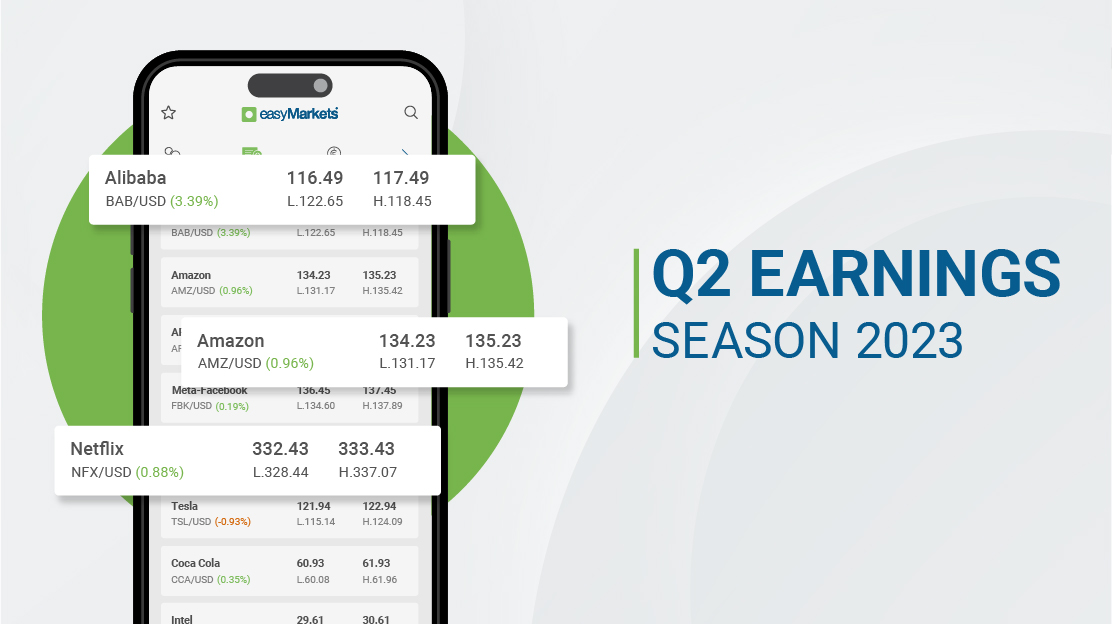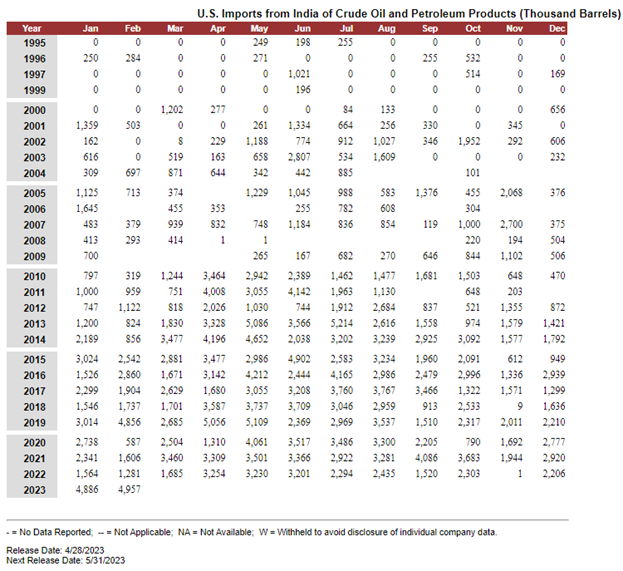
Q2 2023 Earnings Season Begins!
Quarterly earnings season is nearly upon us, and despite many issues continuing to plague the economy, including recession fears and tightening financial conditions, markets appear to be optimistic, with the S&P 500 rising around 8% in the second quarter of 2023.
As inflation eases in most developed countries and economic growth remains resilient, investors appear hopeful that the market environment may soon return to normalcy and that central banks will be able to reach their inflation dream target of 2%.
Markets are now eager to see how the world’s leading companies performed in the latest quarter. Did most companies manage to report growth, or has the high-interest environment taken a hit on their earnings? A poor second-quarter earnings season will likely throw a spanner in the works and cause the stock market to tumble. Whereas a strong earnings season is likely to help the rally continue.
Whatever happens, we’re likely to see some major volatility, and what comes with that are potential trading opportunities.
Trade Q2’23 Earnings with easyMarkets
With easyMarkets, you can trade the upwards and downwards price movements of 60+ shares by going long (buy) or going short (sell) with CFDs – so you can benefit in both a rising and falling market!
When you trade with easyMarkets, you also benefit from the following:
Negative balance protection, free and guaranteed stop loss and
take profit on web, app or TradingView.
No slippage on web, app or TradingView*
Tight fixed or variable spreads – choose the best for your
strategy
No commission or hidden fees
To stay on top of which companies are reporting and when visit our earnings calendar below.
Conclusion
Looking at the chart of WTI crude oil, it seems that the market is waiting for the next big catalyst to trigger either a huge sell-off or a big impulsive drive to the upside. Either way, the best solution right now is to wait for a breakout through one of our areas mentioned in the technical view above and also to continue monitoring the actions of the major central bank and its policies.

Additionally, the developments in the geopolitical arena should be considered, as those could be the initiators of short-term spikes of volatility in oil prices.